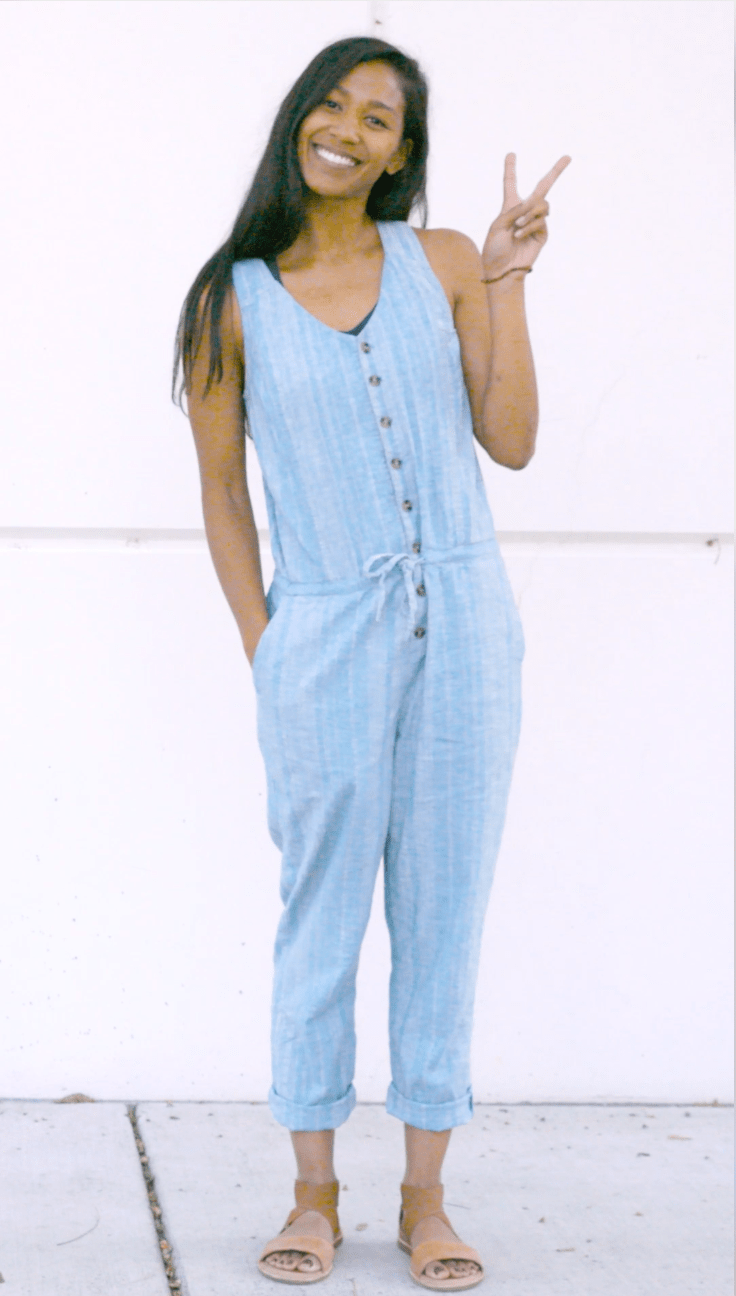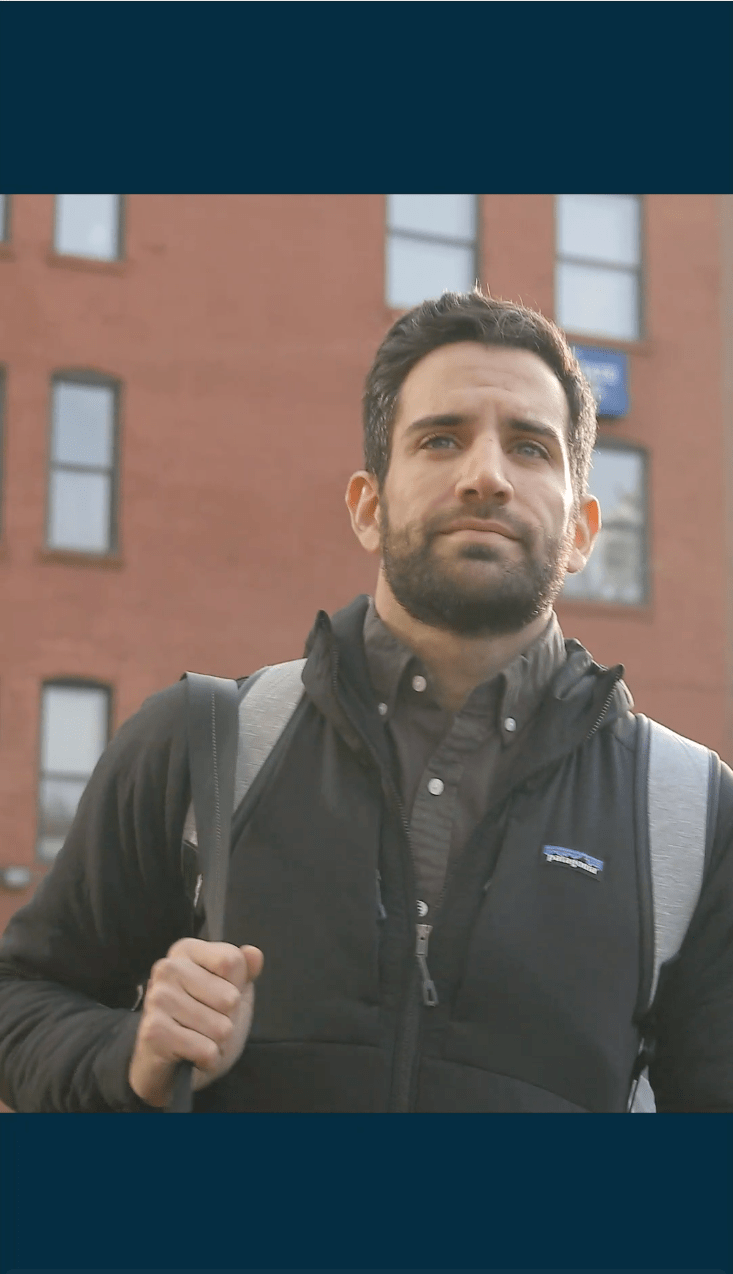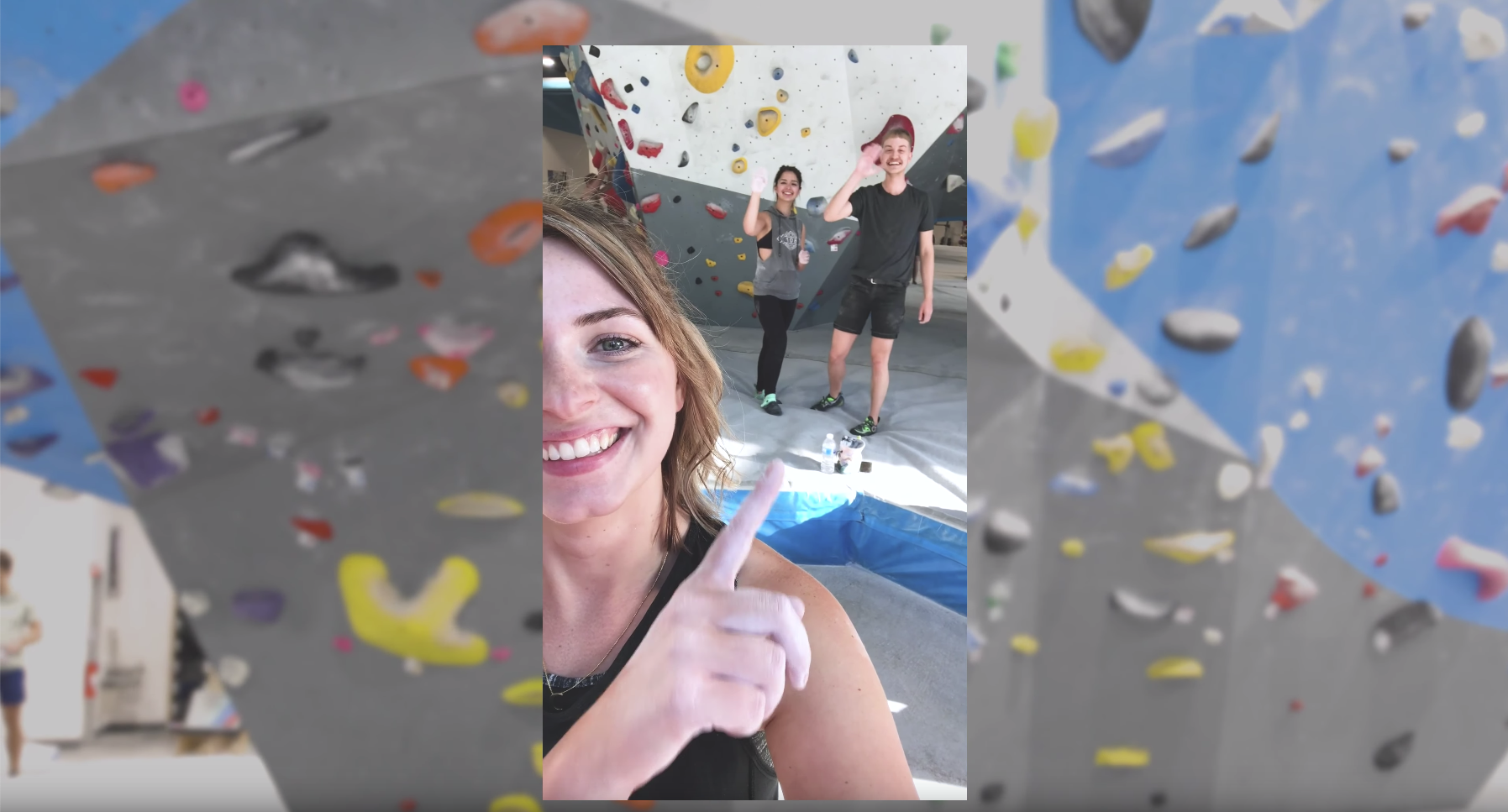Visual
Video
Live action video at Sprout is centered on empathetic storytelling, compelling human-centered messaging, and elegant cinematography.
Video is one of the most powerful mediums to convey a thoughtful, strong message. With Sprout’s brand positioning as our foundation, our discipline serves to elevate and humanize our product, brand and team. We work with partners to create compelling video stories that help exceed their business goals.
Style
We mostly live in two spaces—scripted live videos and documentary interview-based videos. Scripted live videos are most powerful for ads/promos that need to convey a strong message within a time limit. Documentary style videos are most powerful for creating an empathetic human connection with our audience. However, videos don’t always fall neatly into one category, since every project is different based on goals and needs.
Scripted live
These videos are based on a written script, delivered either by on-camera talent or a voiceover, and driven by b-roll visuals, graphics or animations. We use this style to create teasers, social ads and promos for marketing content. They should feel smart, thoughtful and inviting.
Documentary interview-style
These videos are interview-based, driven by sound bites and akin to a documentary look and feel. We usually use this style to produce Sprout’s culture/career videos, case studies and general company videos. They should feel authentic and human-centered, bringing our audience into the worlds of the people we feature.
Campaign Videos
We have also been venturing into creating bigger campaign videos that incorporate both scripted voiceover and soundbites. These videos are larger scaled productions that drive trunk campaigns.
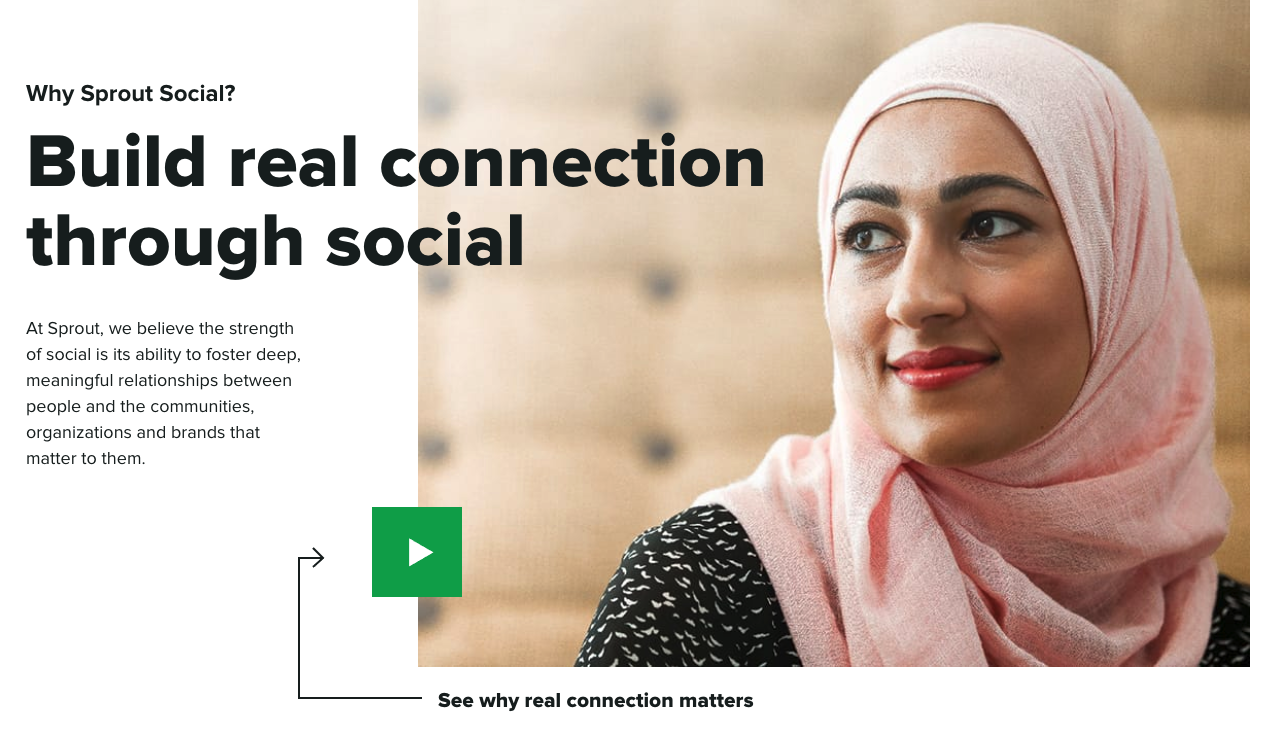
Technical guidelines
These are guidelines for shooting live action video with our Canon cameras.
Specs
- 23.98 fps, 1/50 for standard video
- 60fps, 1/120 for slow motion
- Shoot interviews in 4K
- Green screens should be shot in 2K 4:4:4 on the C300 as possible
- Canon C300 MK II, C-log 2, Cinema Gamut with 1.5-2 stops over-exposure
- Canon 5D MK IV, Log, sRGB with 1-1.5 stop over-exposure
Subtitles
Always include subtitles for accessibility. We use SugarFx’s Premiere Pro Subtitles plug-in that automatically generates subtitles from an SRT file. SRT files are created through YouTube.
- All . srt files must be named accordingly: filename.en_US.srt
- Font style: Proxima Nova, Bold
- Font size: 65px
- Background: Aqua 1100, 100% opaque
- Position: centered, bordering the lower safe margin
- Apostrophes and Quotation Marks: ensure that the correct apostrophes and quotation marks are always used in subtitles. Here are the “quotation marks” and here’s the apostrophe.
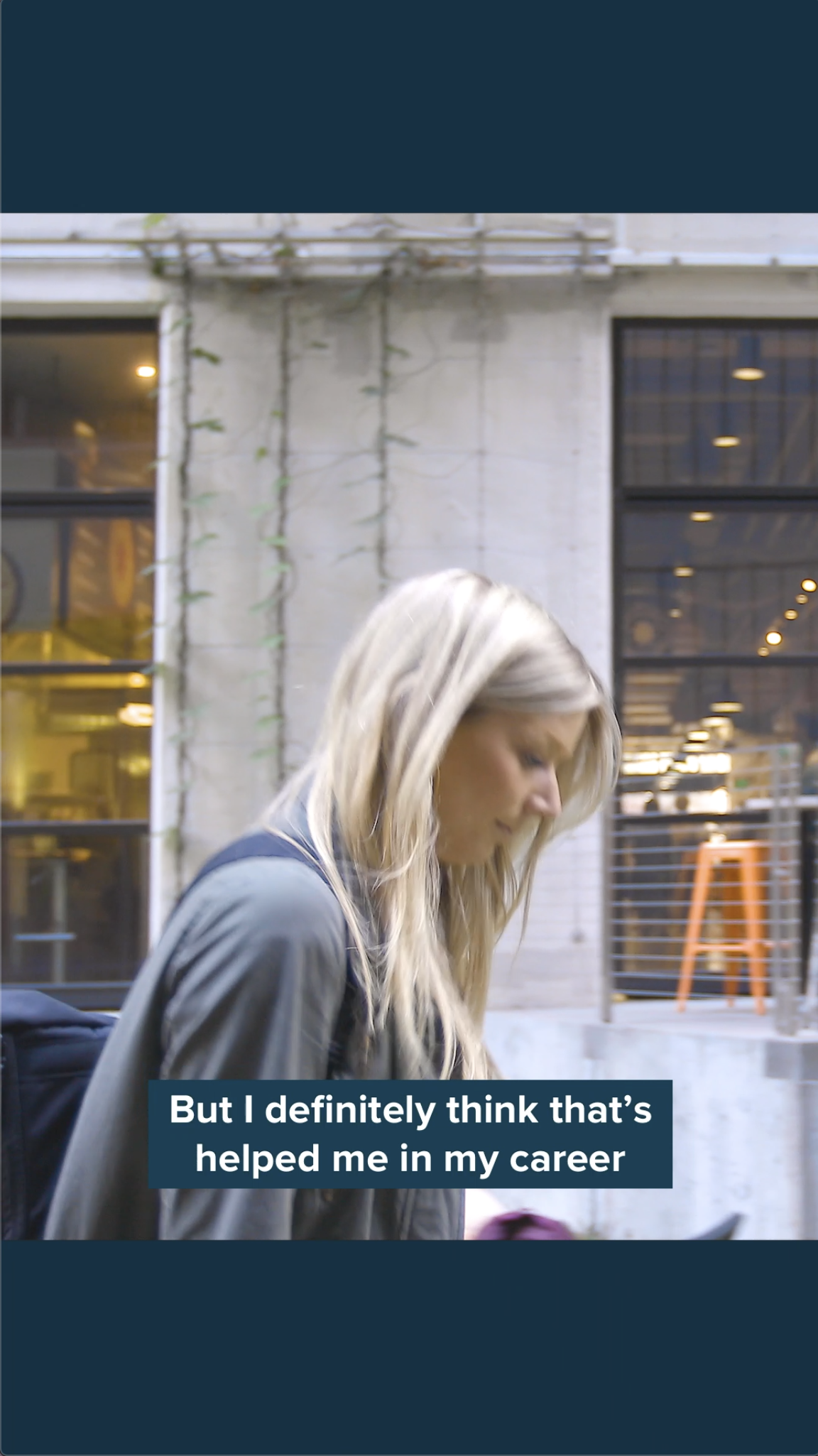
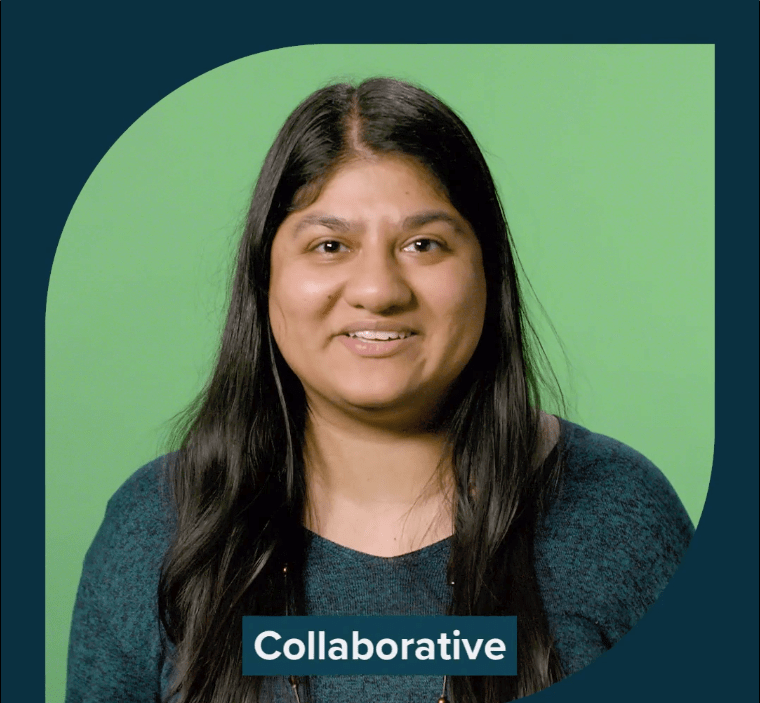
Color correction
- All footage should be shot in C-Log 2, Cinema Gamut from the Canon C300mkII and Log sRBG on the Canon 5DmkIV
- Both cameras prefer to be over exposed by 1-1.5 stops in Log, but see histogram
- Avoid AWB when shooting and instead set a custom Kelvin white balance per scene per camera for ease of color correction and camera matching in post.
- For color correction, skin tone accuracy is first priority followed by a mid-tones at approx 70 IRE exposure, neutral white balance, moderate contrast, and attention to tint (as out LEDs run a bit green). When shooting on paper backdrops try to color-match vibrancy.
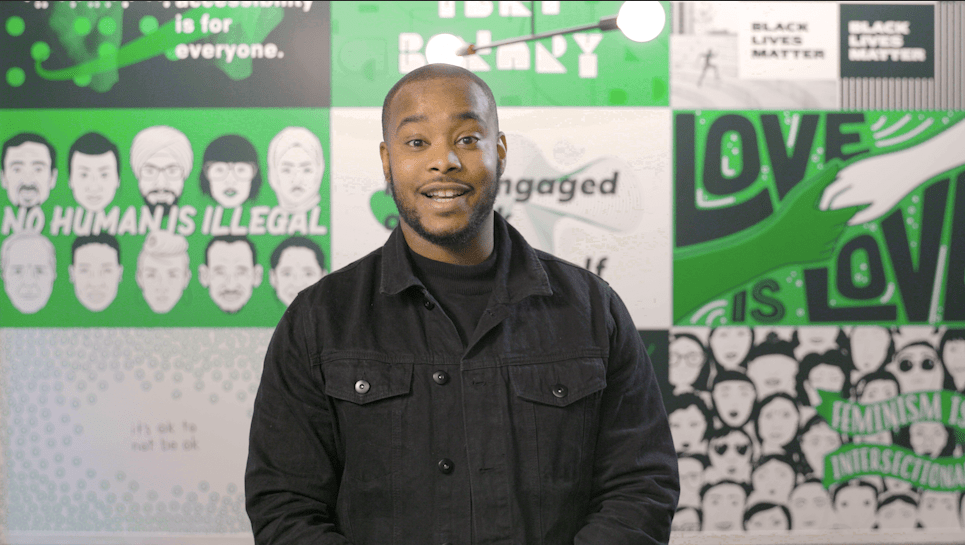
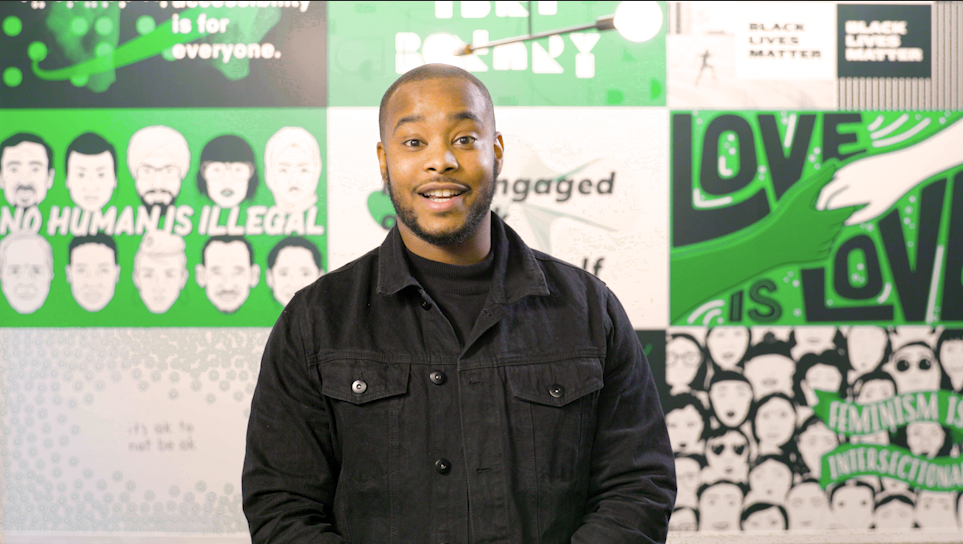
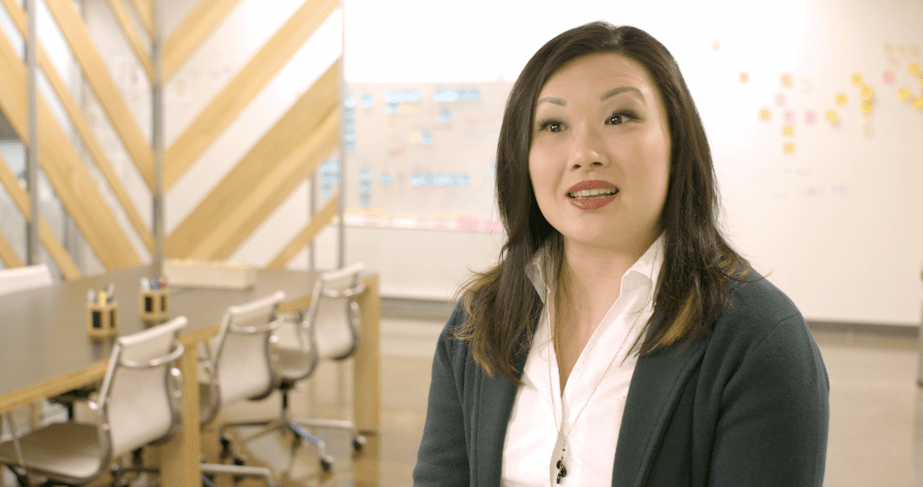
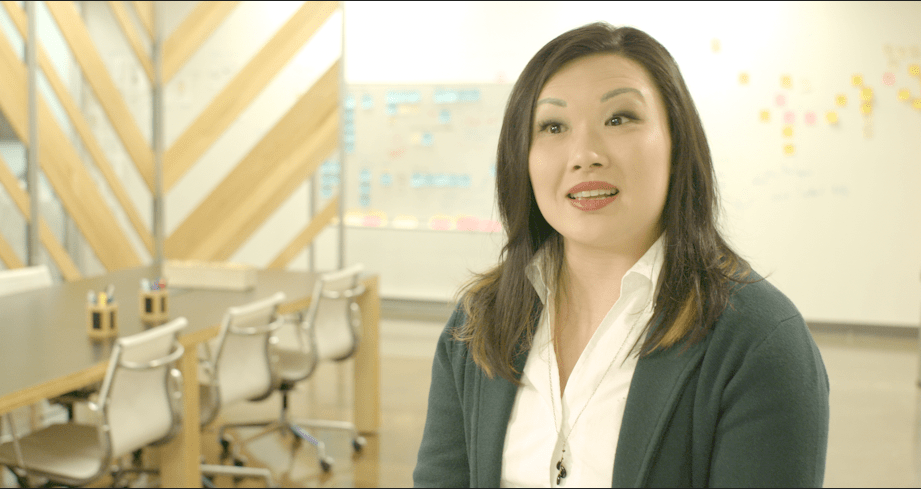
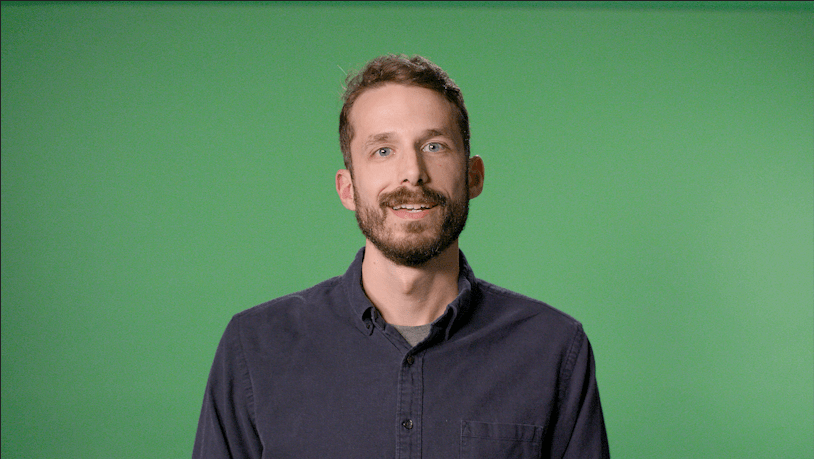
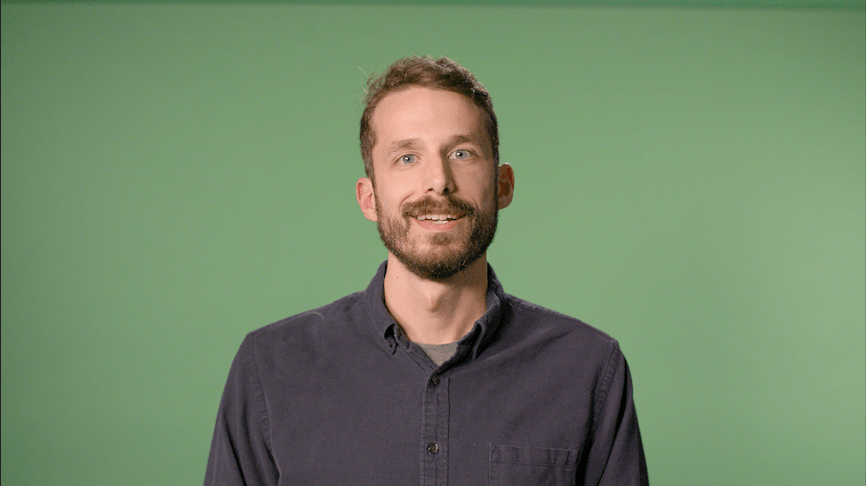
Interviews
- 1-cam or 2-cam, but shot in 4K to crop if needed
- Cameras should be set at the subject’s eye-level for consistency
- Subjects should look natural in their environment, looking off-camera
- Use natural light whenever possible, and then set up lights to motivate
- Smart casual for outfits—it should feel real yet professional
- Lean towards medium to close-up shots over wide shots
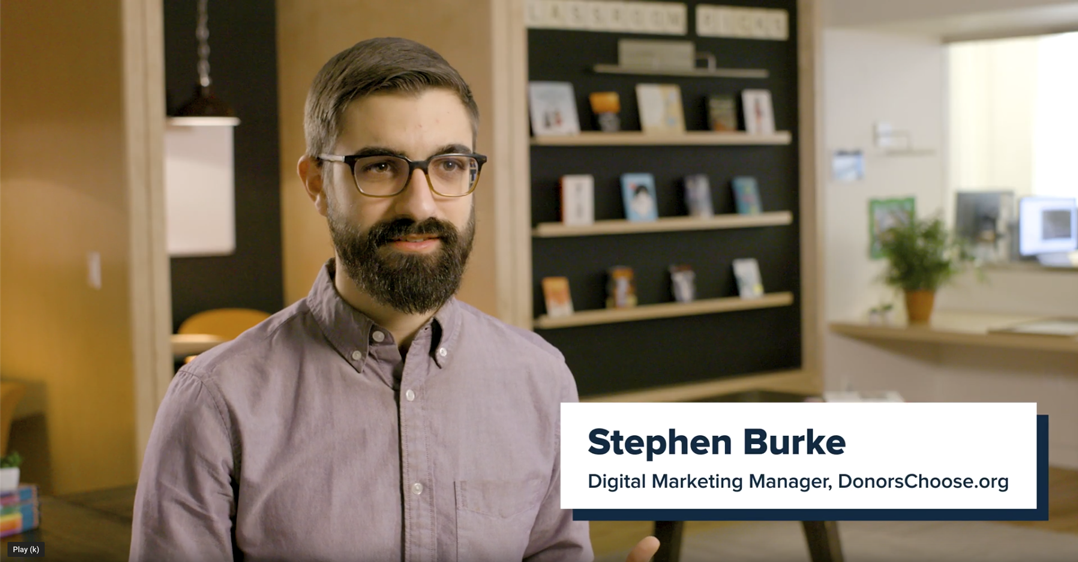
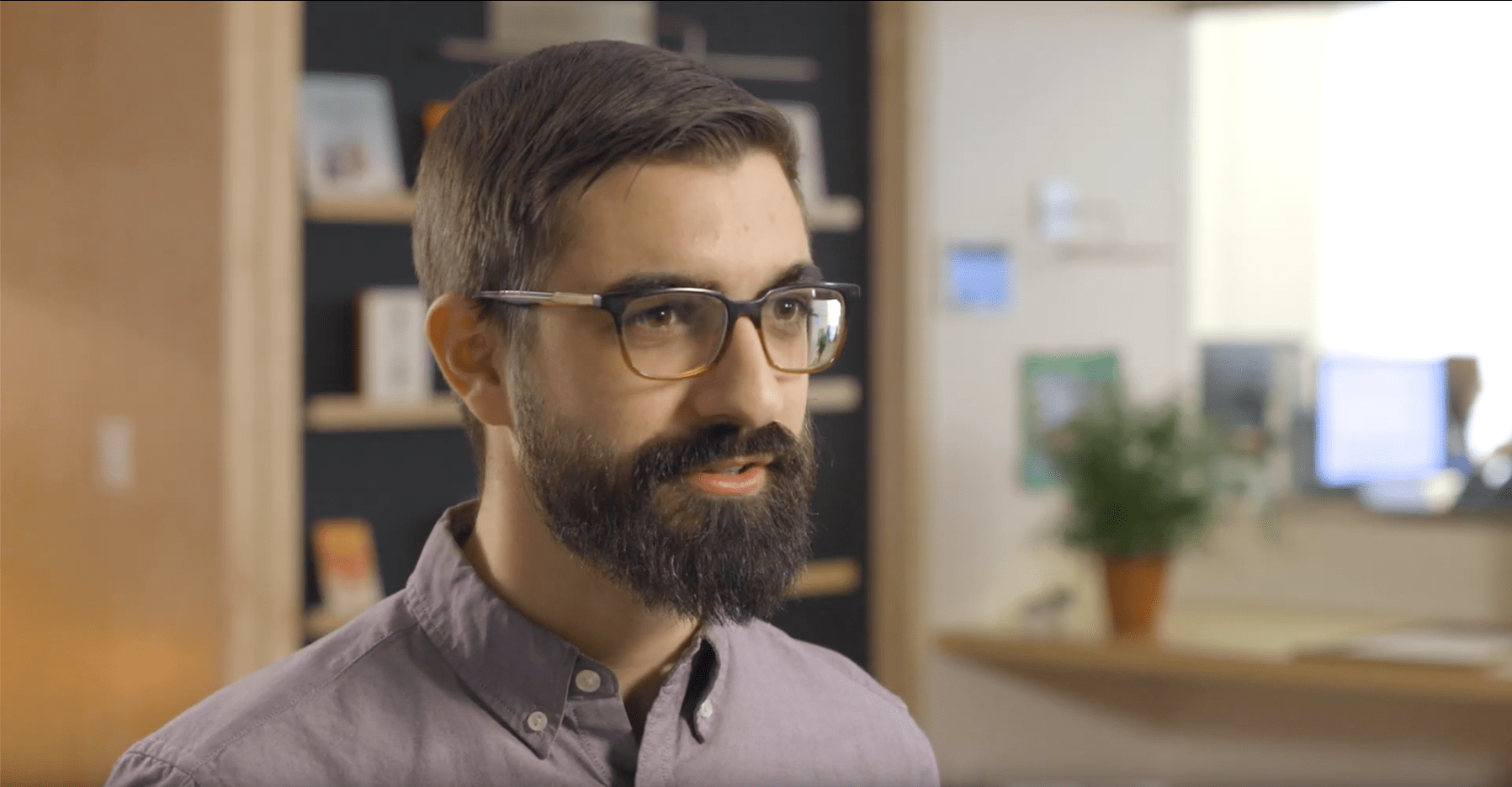
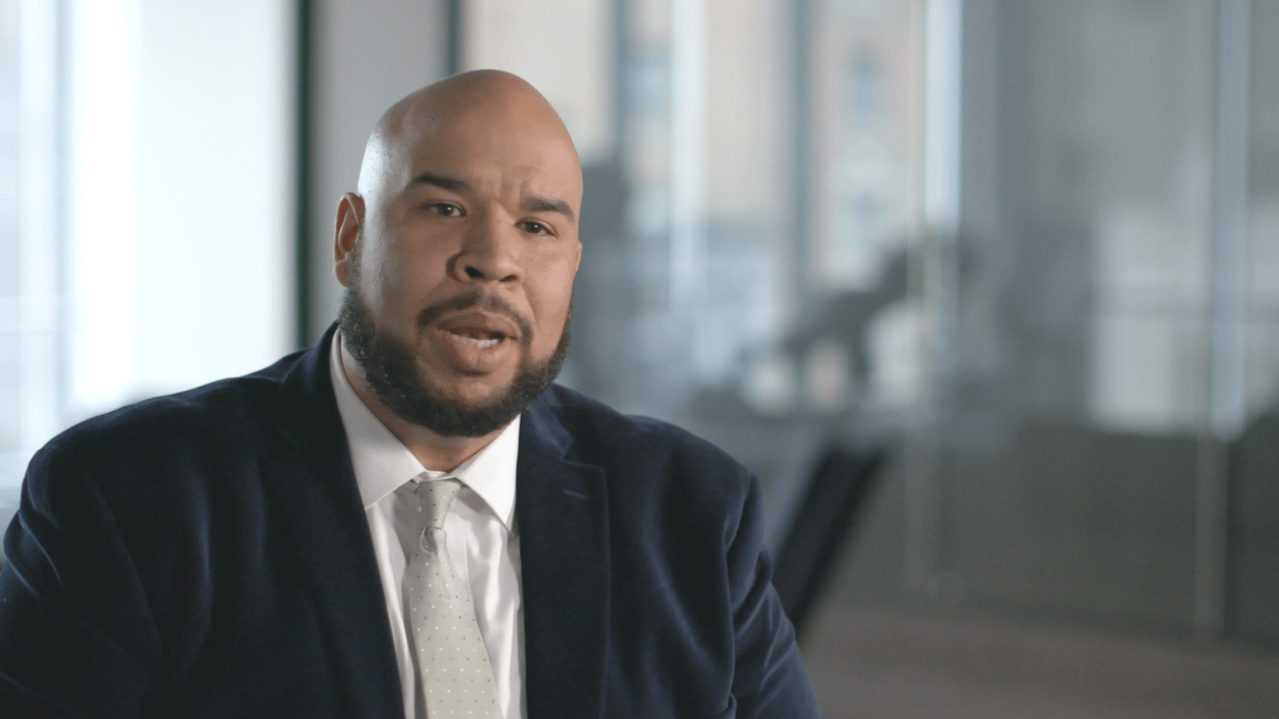
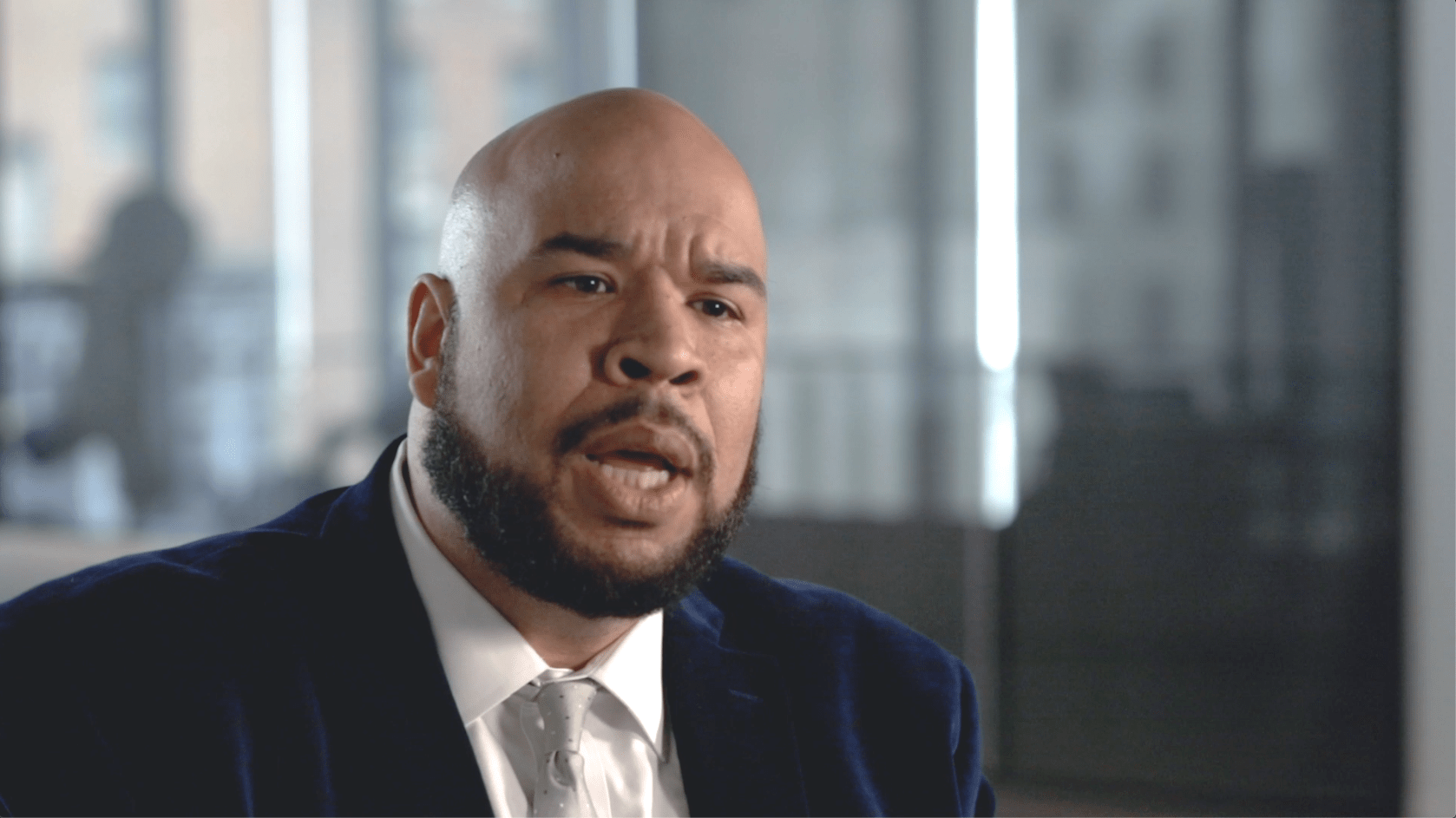
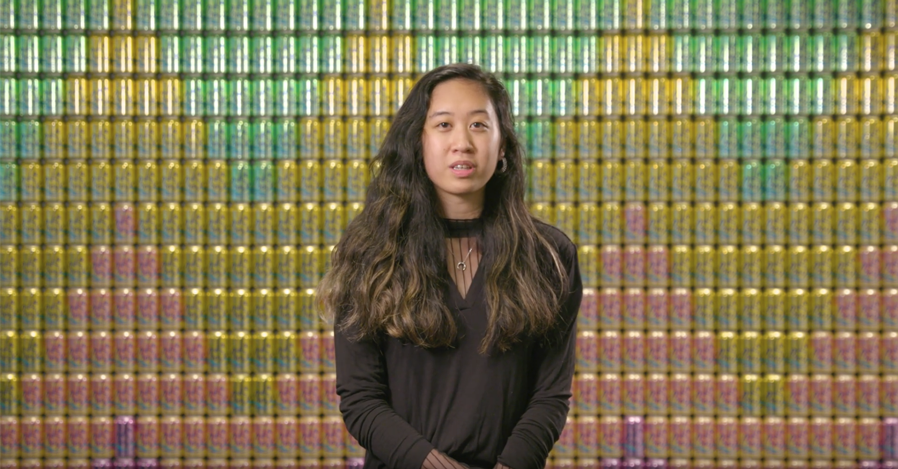

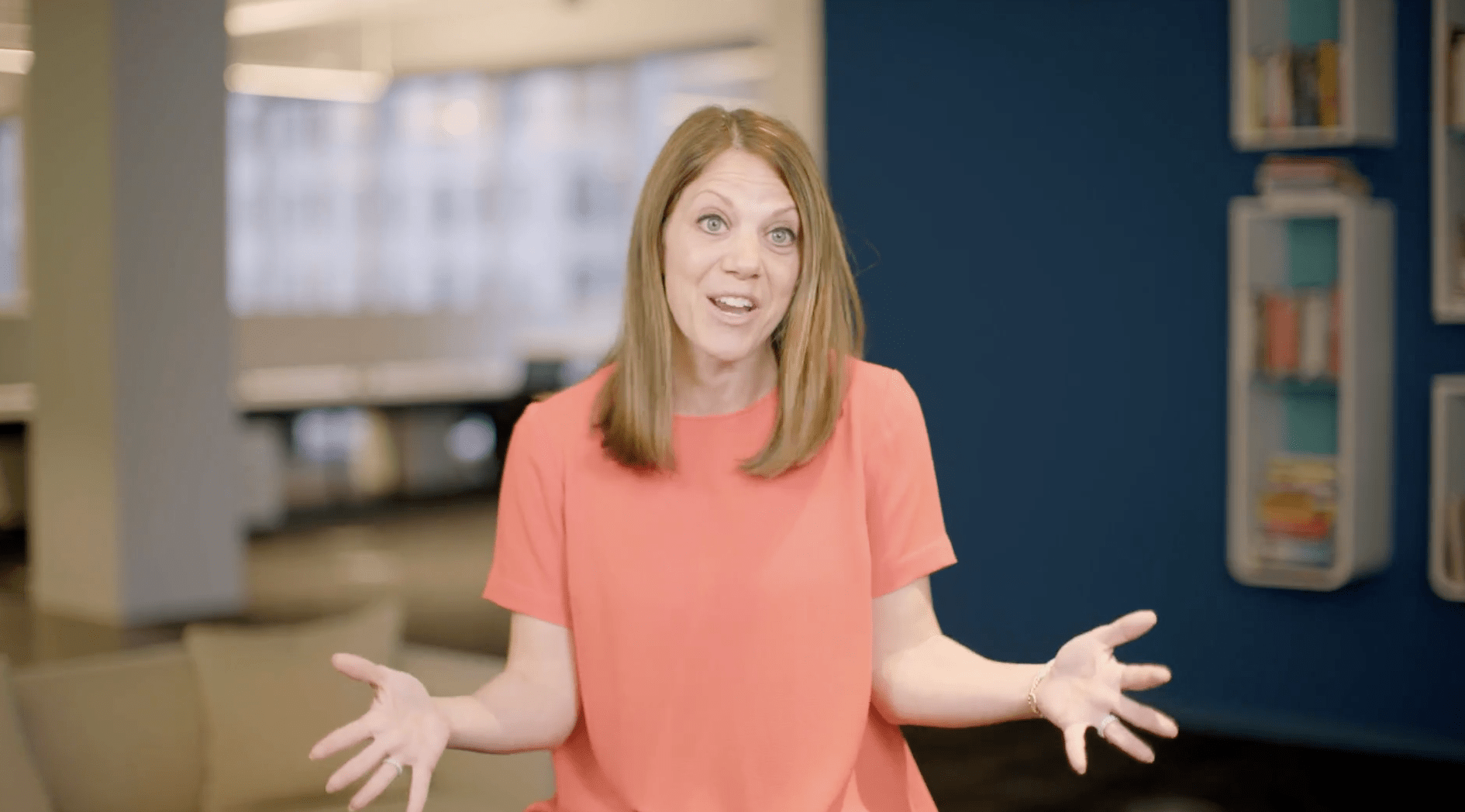
People interacting with technology
Whenever we film b-roll of people using technology—on the phone, computer, etc—it should feel natural and in their environment. Light artificially only when necessary. We should see them in action, not staged in a set-up. They should be doing their jobs, on the go, collaborating with people.
- Shoot with layers in the foreground to make audience feel like they’re part of the action
- Never shot straight on when it comes to phone or computer screens, the scene shouldn't feel like we are staging a product shot
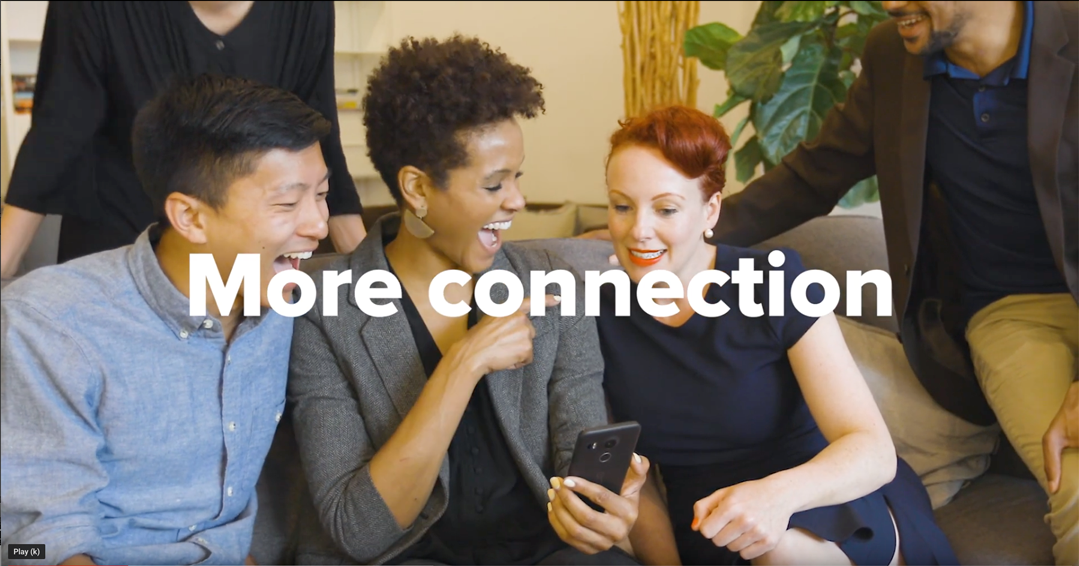
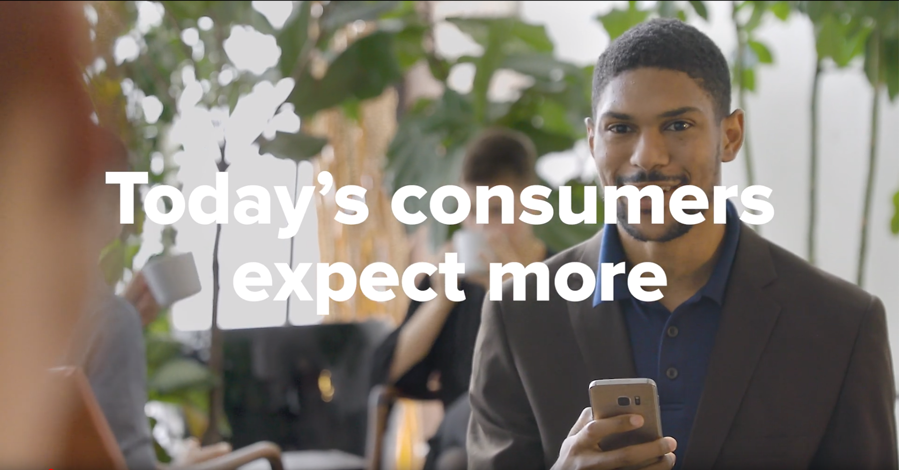
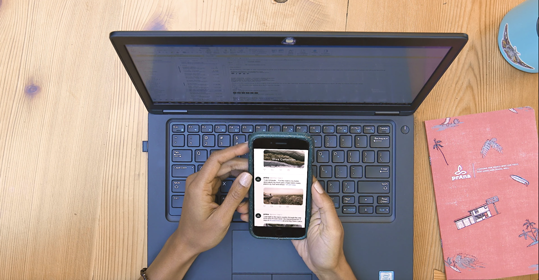
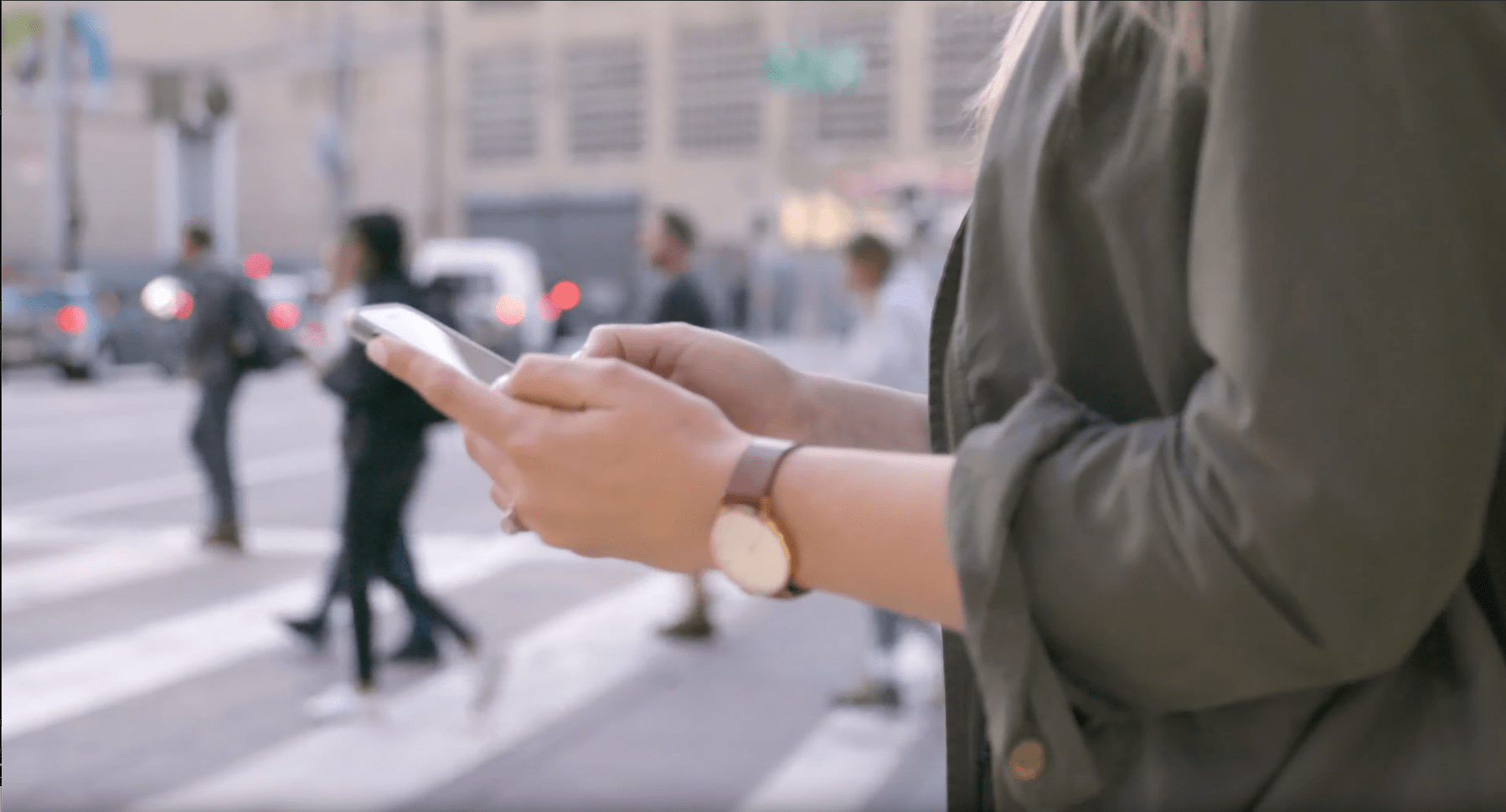
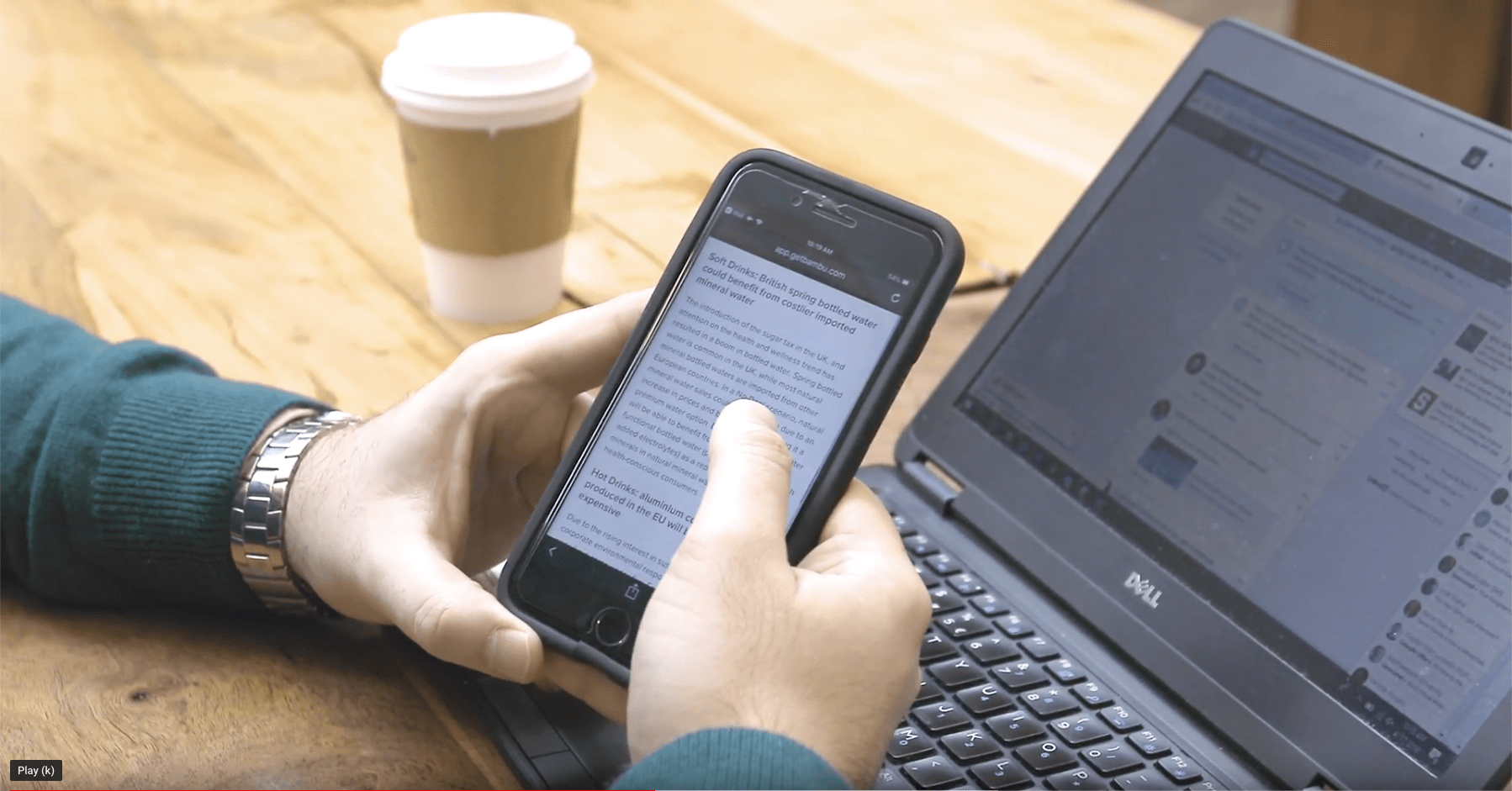
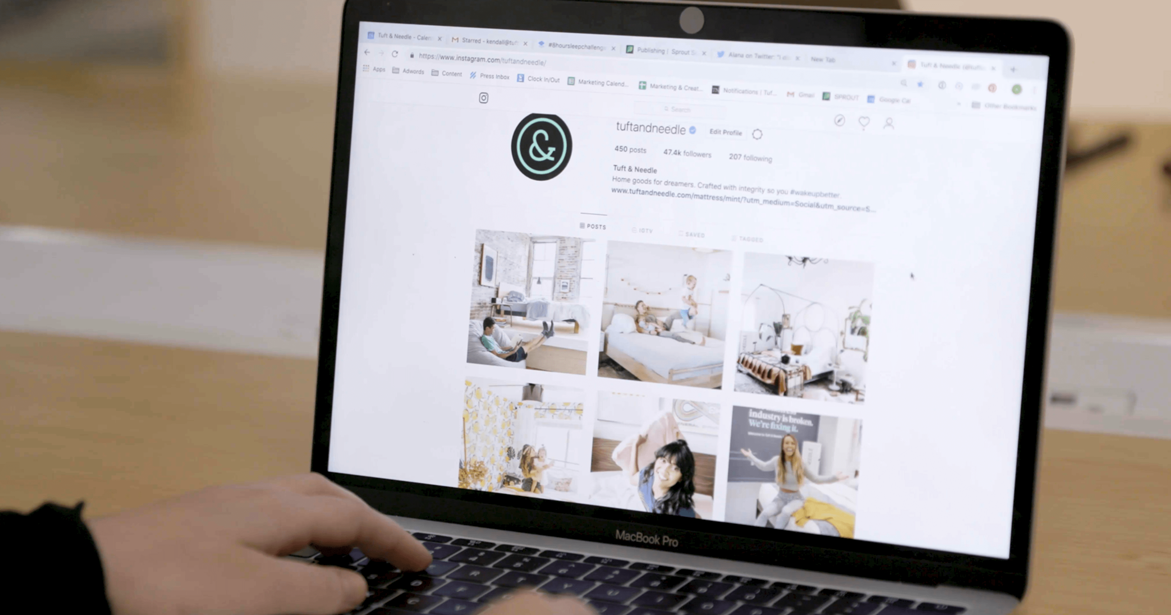
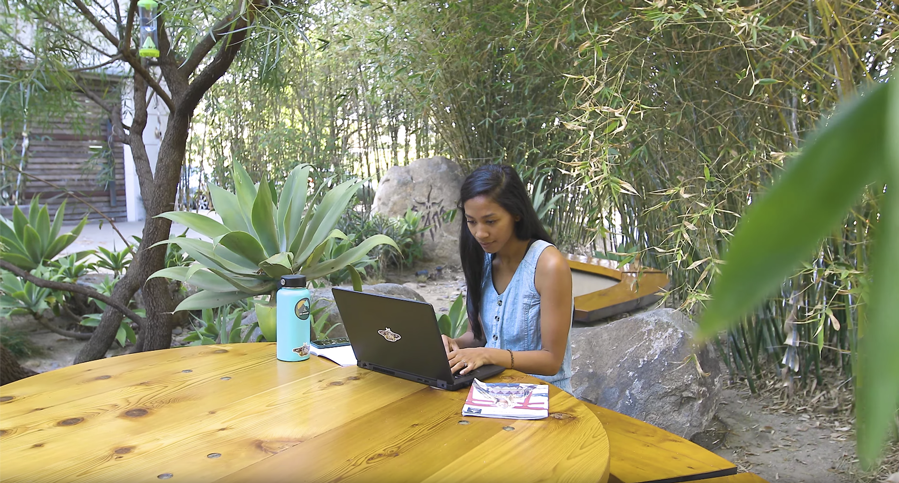
People working in spaces
We often film people working in office spaces for our b-roll. This can feel stuffy if the office isn’t aesthetically beautiful. To create more dynamic visuals:
- Establishing shot: use movement to establish subject in their space. This can look like tracking shots with the gimbal as the person is walking through or into their office.
- Shooting someone working at a desk can be boring. Make it engaging! Shoot with layers in the foreground, from different angles, from behind the laptop, etc.
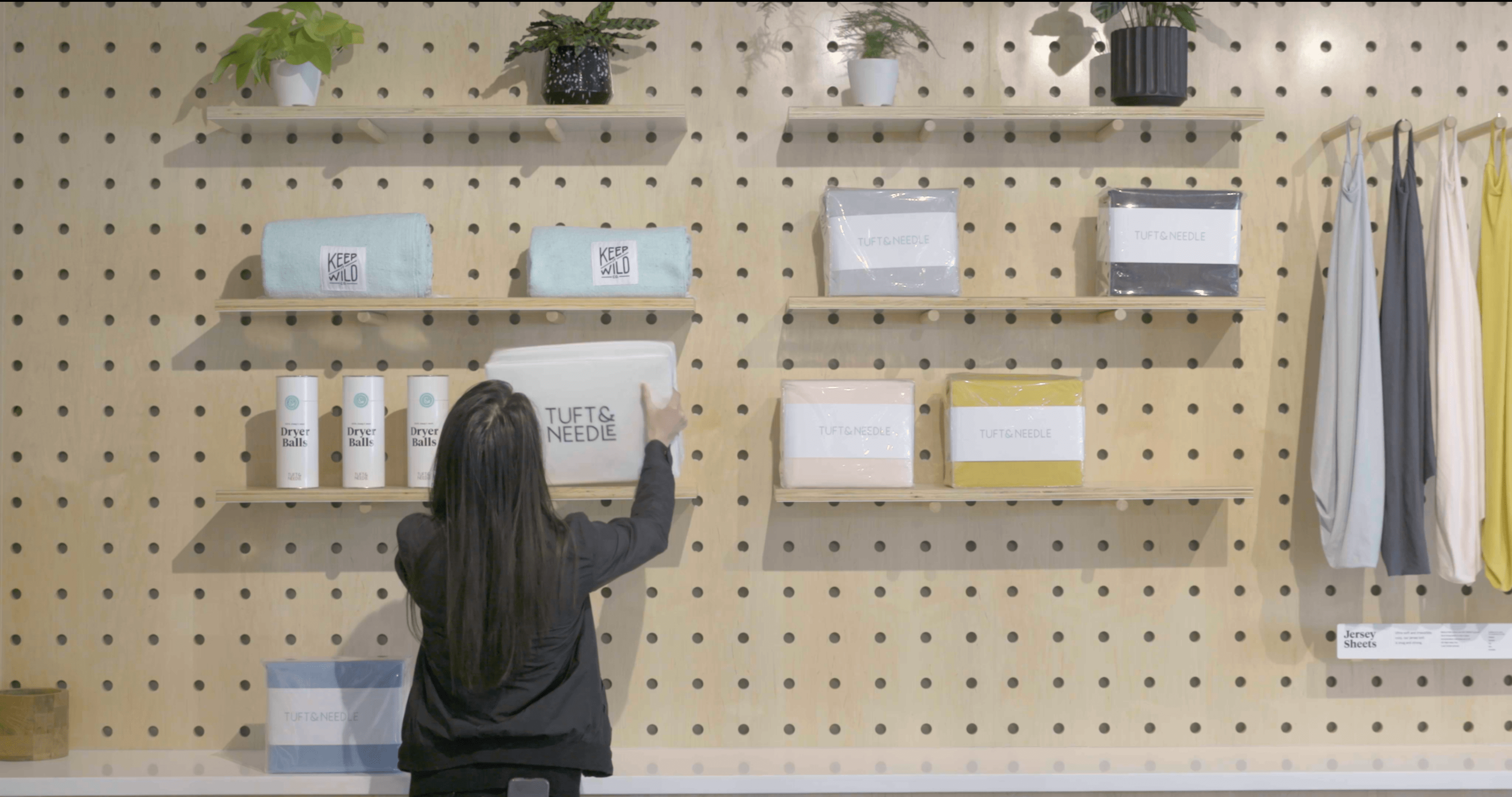
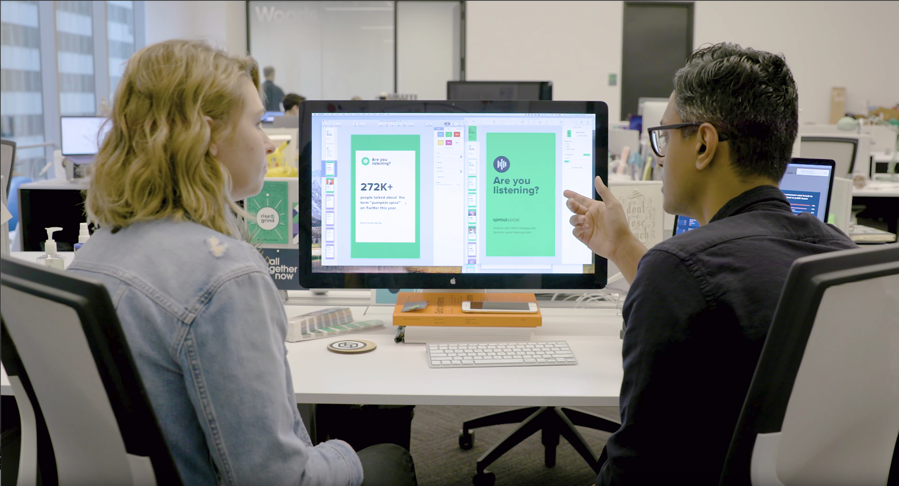
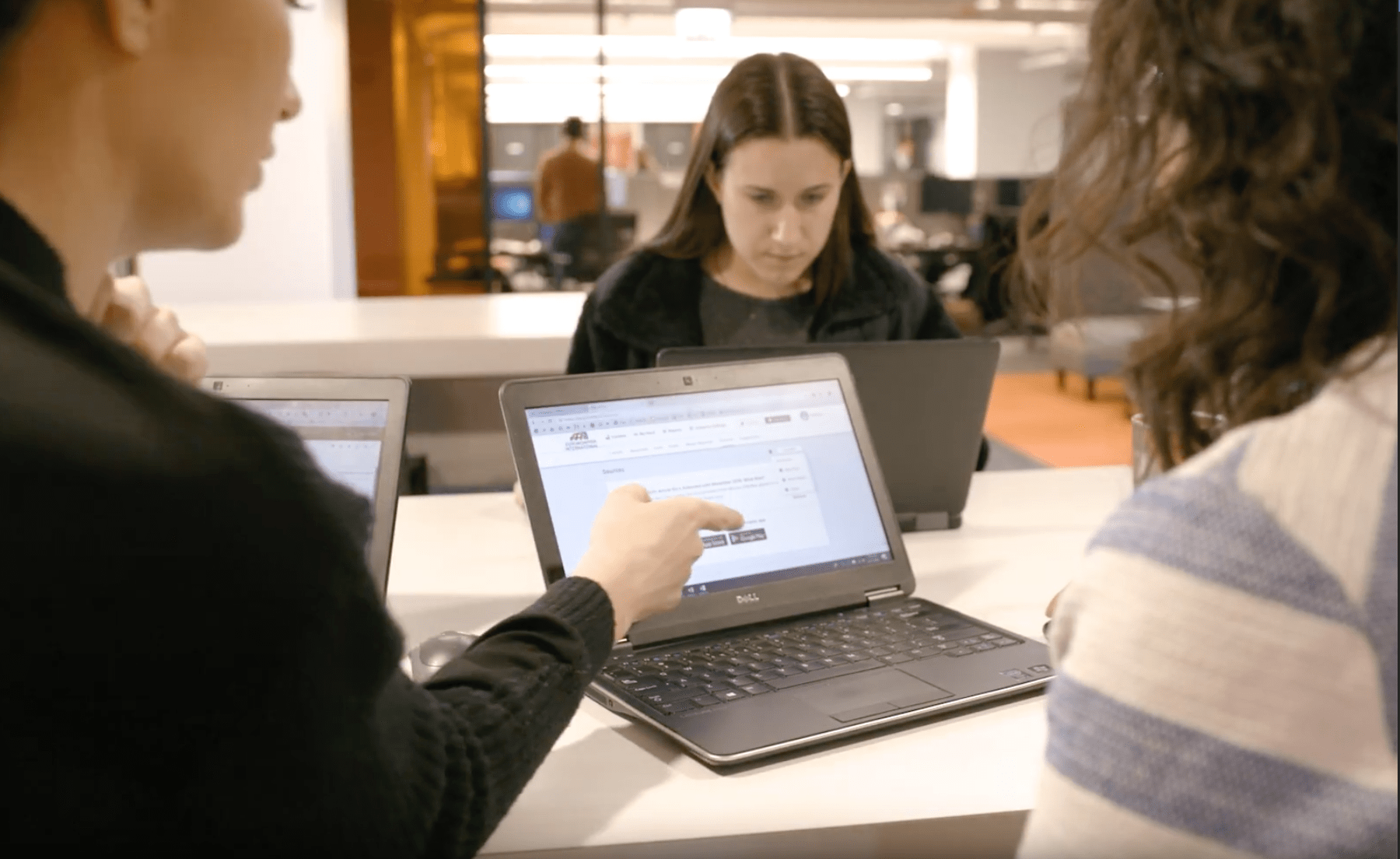
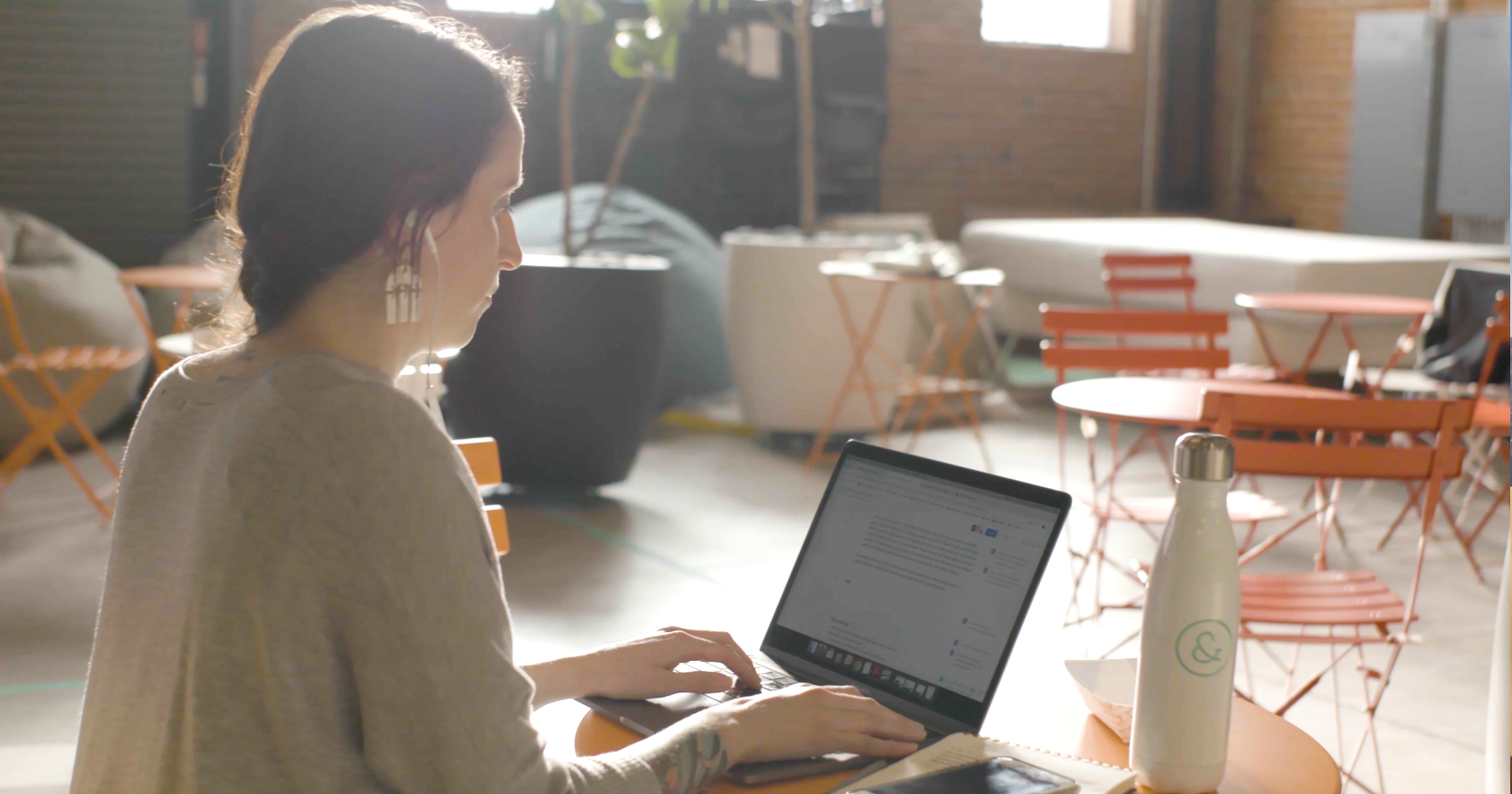
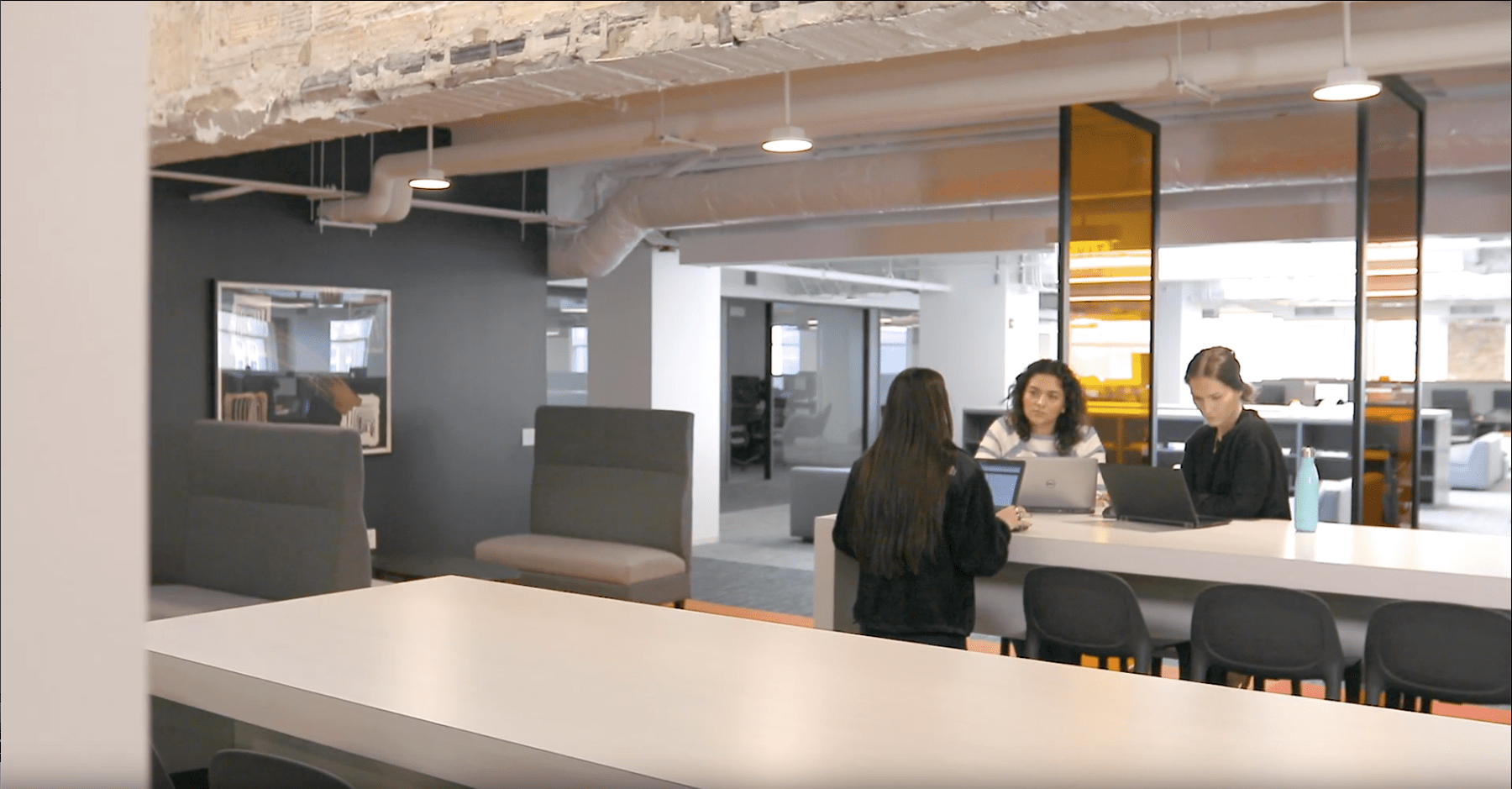
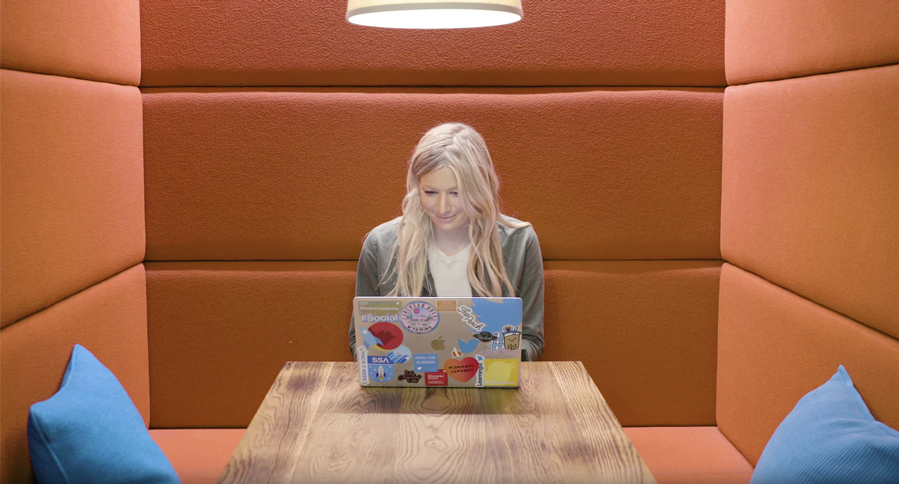
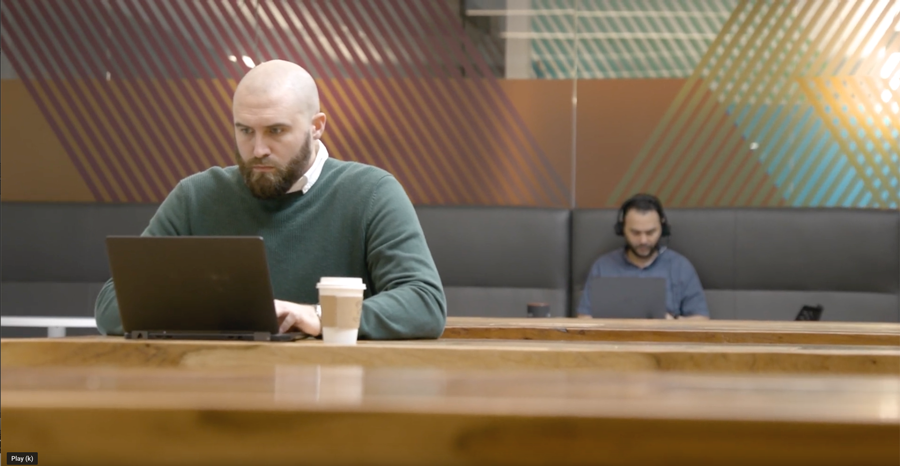
Social channels
These guidelines are for video on our social channels, particularly Instagram and Facebook.
Style
- Videos on social should generally be shorter in length and feel more “behind the scenes”
- They should feel intimate, leaning more into tighter shots as opposed to wide shots
Specs
- IG Stories: Videos can be shot in 16:9, but with intentionality for vertical video (9:16)
- For select projects, to account for the 4x5 to 9x16 change from IGTV in-feed preview to IGTV, use a Sprout-designed overlay that creates a frame for the 9x16 video. While the video deliverable is a 9x16 video, the actual asset is framed for a 4x5 window.
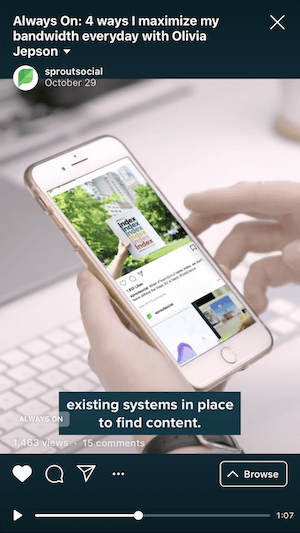
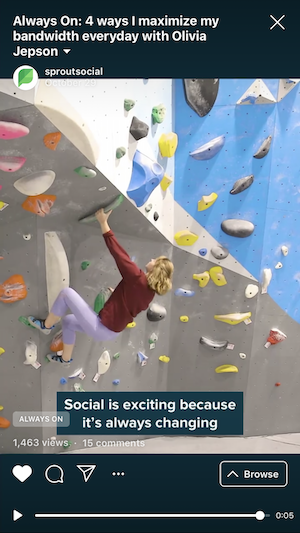
- IG/FB Posts: Videos can be shot in 16:9, but with framing consideration for 9X16 and 1x1 video
- Length: 15 - 30 seconds, nothing over 90 seconds
Interview shots on IG Stories
Framing
- Find a location with minimal distraction and clutter for interviews
- All interview shots should be medium to close-up at eye-level
- Make sure to leave a bit of headroom above subject to they are not cut off
- Subject should either be looking direct at phone camera
Lighting
- Find available natural light and make sure subject is facing the light
- Avoid any distracting backlights, do not film subject with back against window
